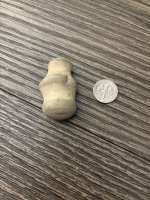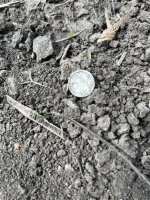azmetaldetector
Sr. Member
I am going to a ghost town soon that was once a gold mining camp. I will be using my MD at the site, but not specifically to try and find gold. If I stay in all metal mode will I pick up flake or nuggets, or do I have to go to Gold Prospecting mode? (I have a White's MXT).
Amazon Forum Fav 👍
Upvote
0




